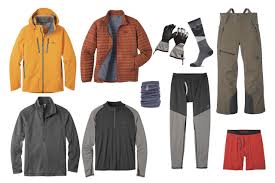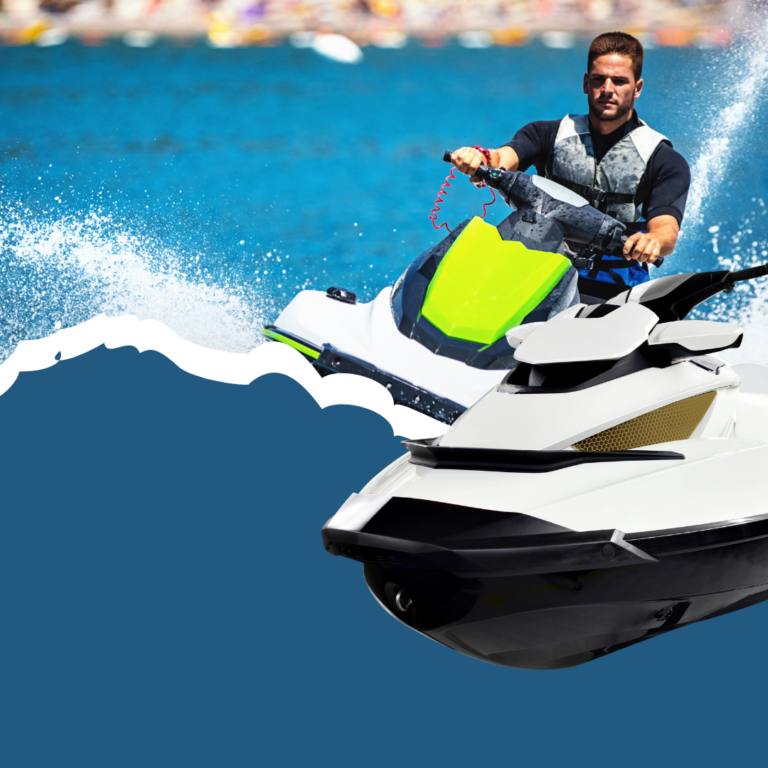How to Layer for Skiing?
Layering for skiing is an art that goes beyond simply throwing on a few clothes. The key lies in understanding the functionality of each layer and how they work together to create a harmonious balance of warmth, breathability, and mobility.
Start with a moisture wicking base layer made from materials like merino wool or synthetic fibers; this will draw sweat away from your skin, keeping you dry during vigorous descents.
What layers to wear for skiing?
When gearing up for a day on the slopes, understanding the art of layering is crucial for both comfort and performance. The foundation lies in choosing a quality base layer that wicks moisture away from your skin.
Opt for materials like merino wool or synthetic fabrics that provide insulation without adding bulk. These fabrics help regulate your body temperature, ensuring you stay dry and warm throughout your ski session.
Next comes the mid layer, which offers additional warmth and insulation. Fleece jackets or down vests can work wonders here; they trap heat while remaining breathable. A less conventional yet effective choice is to look for hybrid designs that blend different materials to balance warmth with mobility.
Top it off with an outer layer a waterproof and windproof shell that shields you from the elements without compromising breathability. This trifecta of layers not only protects against harsh weather but also allows you to adjust based on fluctuating temperatures or the intensity of activity on the slopes.
As you this layering strategy, you’ll find that skiing can transform into a more enjoyable experience where you feel invincible against nature’s frosty elements!
How much do I need to spend for my skiing outfit?
Navigating the costs of a skiing outfit can feel overwhelming, but it’s all about prioritizing your needs and tapping into smart shopping strategies. Start by investing in key pieces like a quality ski jacket and waterproof pants, as these will protect you from cold and wet conditions.
Opt for mid range options that balance durability with affordability think brands known for performance rather than just style. You might be surprised at how much value you can find in last season’s stock or during off season sales, where you could snag premium gear at half the price.
Don’t overlook the importance of layering; this approach allows flexibility without sacrificing warmth. Budget friendly base layers made from moisture wicking fabrics can make all the difference on the slopes and are often more affordable than high end alternatives.
Accessories like gloves, goggles, and thermal socks should not be neglected either these items contribute significantly to your comfort on the mountain. Spending wisely today sets you up for more enjoyable skiing experiences tomorrow while avoiding costly missteps with equipment that won’t perform under pressure!
What to wear skiing Layering guide?
When it comes to skiing, the key to staying comfortable on the slopes lies in mastering the art of layering. Start with a moisture wicking base layer that fits snugly against your skin; this will pull sweat away from your body, keeping you dry and warm.
Opt for synthetic fabrics or merino wool for their superior thermal properties. A fitted soft shell mid layer can serve as an insulating barrier while still allowing breathability look for options with stretch for maximum freedom of movement.
Completing your ensemble, choose an outer layer that shields against wind and moisture without sacrificing ventilation. Look for jackets with adjustable hoods and wrist gaiters to seal in warmth during those unpredictable mountain winds.
Don’t forget about your extremities: insulating gloves or mittens paired with liner gloves are ideal to prevent frozen fingers, while knee high thermal socks will keep your feet cozy inside ski boots.
By carefully selecting each layer and prioritizing both insulation and breathability, you’ll not just comfort but also performance on the mountain and elevate your overall skiing experience.

Conclusion
Mastering the art of layering for skiing is essential for both comfort and performance on the slopes. By choosing the right base, insulation, and outer layers, you can effectively regulate your body temperature and protect yourself from harsh weather conditions.
To prioritize moisture wicking materials and ensure a proper fit to maximize mobility while maintaining warmth. Don’t forget to accessorize with gloves, hats, and neck gaiters for complete protection. Now that you’re equipped with these layering strategies, it’s time to hit the slopes and enjoy your next skiing adventure!
FAQ
What is the purpose of layering when skiing?
Layering helps regulate your body temperature, wick moisture away from your skin, and provide insulation against cold weather.
What are the three main layers for skiing?
The three main layers are the base layer (for moisture management), the mid layer (for insulation), and the outer layer (for protection against wind and snow).
What materials should I choose for my base layer?
Opt for moisture wicking fabrics like merino wool or synthetic materials such as polyester that keep you dry while maintaining warmth.
How thick should my mid layer be?
The thickness of your mid layer depends on the temperature; a fleece or down jacket provides good insulation without being too bulky.
What features should I look for in an outer layer?
Look for waterproof and breathable fabrics, adjustable hoods, ventilation zippers, and snow skirts to keep out moisture and maintain comfort.
Is it important to consider fit when layering?
Yes, each layer should fit comfortably without being restrictive; this allows for better mobility and effective heat retention.






